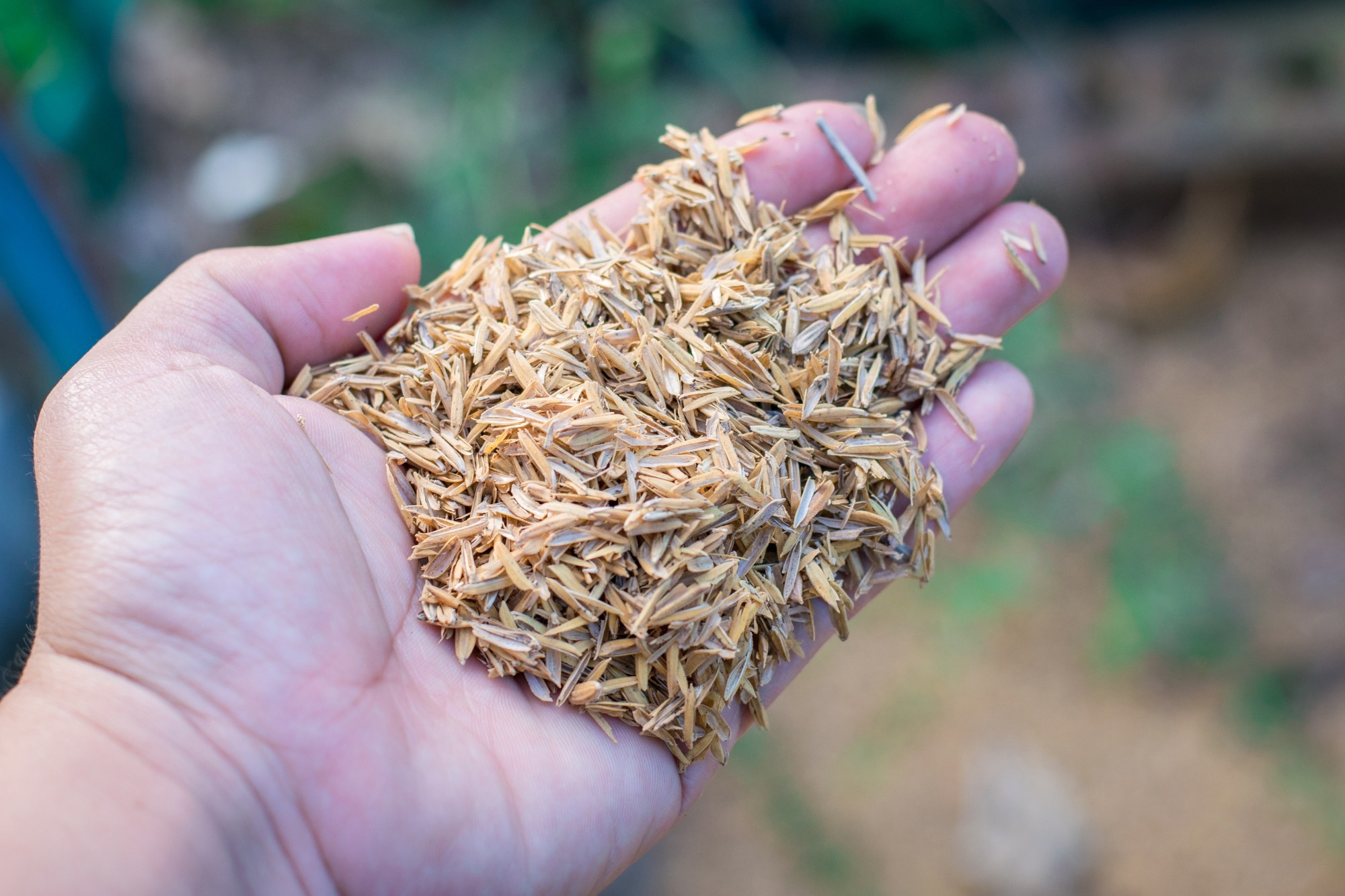A new study from Chile has shown that rice husk ash (RHA) - a common agricultural byproduct - can dramatically improve the strength and performance of compressed earth blocks (CEBs) when used as a stabilizer.
 Study: Designing sustainable cement free compositions with rice husk ash to improve mechanical performance in next generation ecoblocks. Image Credit: Panprom Wee/Shutterstock.com
Study: Designing sustainable cement free compositions with rice husk ash to improve mechanical performance in next generation ecoblocks. Image Credit: Panprom Wee/Shutterstock.com
The research, published in Scientific Reports, focused on CEBs made with local soil from the Cauquenes Province. By adding RHA in varying amounts, the team evaluated how it affected key mechanical properties, including compressive strength, elasticity, and plastic work.
Why This Matters
CEBs are becoming more popular as a sustainable building material. They're made mostly from soil and water, and can be produced with minimal environmental impact. But on their own, they often don’t meet the structural requirements for modern construction.
That’s where additives come in; typically, reinforcements (like natural fibers) or stabilizers (like lime or cement).
RHA fits into the stabilizer category. It’s already used in other areas like ceramics and cement alternatives, and because it's rich in silica, it has the potential to improve soil-based materials. This study set out to test that potential using waste material from a rice mill.
What the Team Did
The team used soil sourced locally in Cauquenes and RHA collected as bottom ash from a nearby mill. After screening and processing the soil, they prepared 14 sample mixes, replacing soil with RHA at levels ranging from 2.7 % to 20 % by weight. Two control samples were made with 100 % soil and no additives.
To keep results consistent, the team used demineralized water (19 % of the mix’s dry weight), ensuring that any chemical interactions were due to the RHA itself, not impurities in the water.
They molded the samples into compacted cylinders using 3D-printed PLA forms and applied pressure to produce mini CEBs. The blocks were then tested under uniaxial compression to evaluate their mechanical properties. Key metrics included compressive strength, yield stress, Young’s modulus, and plastic work. The team analyzed the data using both linear and quadratic regression models to understand how performance varied with RHA content.
What the Results Showed
The results were clear: the control samples fell short of the 2 MPa compressive strength required by building standards, coming in at just 1.6 MPa. In contrast, RHA-stabilized blocks consistently exceeded that threshold. The strongest mixes - those with 10–14 % RHA - reached compressive strengths between 3.0 and 3.3 MPa.
Performance didn’t improve indefinitely, though. According to the regression analysis, 15.1 % RHA was the optimal replacement level. Beyond that, strength began to decline, likely due to reduced material cohesion and density.
The type of failure the blocks experienced also varied with composition. Blocks that fractured along multiple shear lines performed better than those with clean, columnar cracks, suggesting that RHA influences not just strength but also how the material breaks under stress.
The quadratic model explained a large portion of the variation in performance: 78.1 % for yield stress, 77.3 % for ultimate stress, and 65.9 % for plastic work. However, Young’s modulus (a measure of stiffness) remained relatively stable across all samples, indicating that RHA mostly affects strength-related properties rather than flexibility.
What This Means in Practice
This study shows that RHA - an often discarded waste material - can be a highly effective stabilizer for CEBs. With the right mix design, these blocks can meet structural standards without relying on cement or synthetic additives.
But while the lab results are promising, more work is needed to assess how RHA-stabilized CEBs perform in the field.
Future research should look at their durability under real-world conditions: freeze-thaw cycles, moisture exposure, and thermal stress. Scaling up production will also require attention to sourcing, energy use, and practical curing methods on construction sites.
Journal Reference
Valenzuela, M., Tuninetti, V., Ciudad, G., Miranda, A., & Oñate, A. (2025). Designing sustainable cement free compositions with rice husk ash to improve mechanical performance in next generation ecoblocks. Scientific Reports, 15(1). DOI: 10.1038/s41598-025-97963-8, https://www.nature.com/articles/s41598-025-97963-8
Disclaimer: The views expressed here are those of the author expressed in their private capacity and do not necessarily represent the views of AZoM.com Limited T/A AZoNetwork the owner and operator of this website. This disclaimer forms part of the Terms and conditions of use of this website.